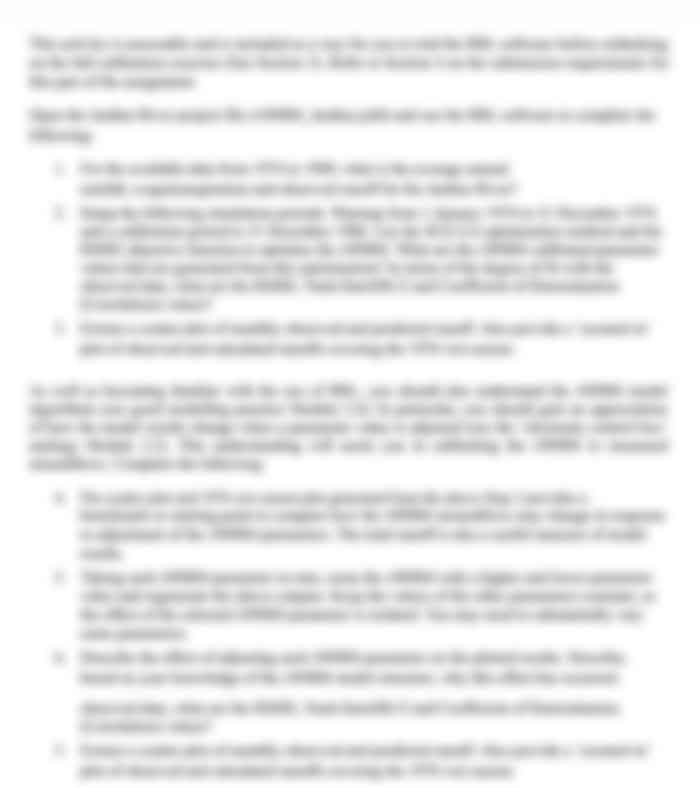Fukushima Daiichi Disaster Case Study
- Country :
Australia
Welcome to this episode of The Heritage, the podcast that aims to share insights from past incidents to help avoid future events. Today's episode will discuss a significant event that affected millions in one country. 1 earthquake and one Tsunami. Can you guess what it is?
The Fukushima Daiichi Accident, where a radiation leak from three major. Stay until the end, where we discuss the significance of this event, and if it could have been prevented through meticulous preparation and thought I remember hearing on the news of a significant 5earthquake in Japan in mid-February had everybody really holding their breath as they remembered what happened almost 12 years ago in nearly the same area. Of course, I'm talking about the Fukushima disaster on March 11th, 2011. During that, there was a 9.0 earthquake that caused the country's worst nuclear disaster on record, followed by a 15-meter tsunami where three reactors at the Fukushima nuclear power plant melted down, releasing radioactive materials into the air. So many factors play into consideration throughout the disaster and its correlation to moral panic. People still see Fukushima as an uninhabitable place, while others wish to see it for its significance. Many reports from government-based websites claim their information regarding the deaths of over 18,000 civilians thought to have died from the radiation leak, however, recent claims.
State that it has become inhabitable, however, evacuees are torn over safety and compensation issues. Many claim they are being compelled to go home, even though radiation exposure levels, they feel, are still too high. This additional information just proves the fear of the evacuees not wanting to return to their home country. To simply put it this way, the effect of high levels of radiation spread amongst the area around Fukushima and has had a large impact on the civilian's well-being, causing extreme fear of moving back to their home country. Although there have been multiple studies on the power plant which prove the stability of how safe it has become, even more so safe to live in, the fear and irrational thinking to stay away proves the theory of moral panic, the fear of re-living such a scarring event.
In my opinion, it's important to realize that the incident did not start on the 11th of March, 2011, in Japan. It began when they designed and built the plant. It was built within an earthquake- and tsunami-prone area, which is why we need to go back to that very stage. The architects knew about these natural hazards, and they did take them into account at an early stage. However, they failed to reflect the possible magnitude of what happened, and that's a major issue. As an example, since 1498, 12 tsunamis have occurred in the Pacific Ocean with wave heights greater than ten meters. Even though it doesn't say it happens very often, there are still quite a few significant tsunamis that occur within the T?hoku region.
ACCORDING TO SKY NEWS AUSTRALIA, ABC apologized for a false statement announcing the over-exaggeration of the death of more than to receive more income, and announced on live television, which caused extreme pain for many citizens, declaring
The nuclear site had just survived the earthquake and the tsunami, fortunately not passing the barrier.
Fukushima nuclear reactor survived the earthquake the tsunami. The meltdown was caused because the backup generators that ran the cooling system were built too low and were washed away by the tidal wave. If those generators had been built higher up the meltdown probably wouldn't have happened.
When the plant was being constructed in 1967, they estimated that the waves may exceed the height of the seawall once every 50 years. Whenever we talk about these kinds of statistics, we must be careful. Just because something happens once every 50 years doesn't mean you have to wait 50 years for it to happen. It could happen today, tomorrow, or even a century from now. Thus, we cannot guarantee that the years will be so far apart. But there was the Great East Japan Earthquake that did occur, as you said, 9.0 on the Richter scale. Now, it was so large that it's estimated it shifted the Earth's axis by 10 to 25 centimeters at the time. However the the
It was such a substantial shake that occurred. And it caused the death of more than 16,000 people because we need to remember, that the earthquake is not just about Fukushima, there were other implications to it too, other impacts. The damage estimated to be US$235 billion was caused by the destruction of over a million buildings. In this case, a tsunami disrupted the power plant's cooling system, causing the plant to shut down. And that resulted in what's known as a level 7 nuclear meltdown and a release of radioactive materials which also resulted in partial fires that occurred. But there were also a number of other impacts as well. Oil refineries had been damaged causing multiple fires and explosions around the area. There were all sorts of other chemical plants that were impacted, too. So, we remember this as all about the Fukushima Daiichi Nuclear Power Plant, but there were many other related incidents that occurred at the same time. We need to remember that it wasn't just the power plant that had the problem, the entire area, the entire prefecture of Fukushima suffered significant damage as part of this earthquake

